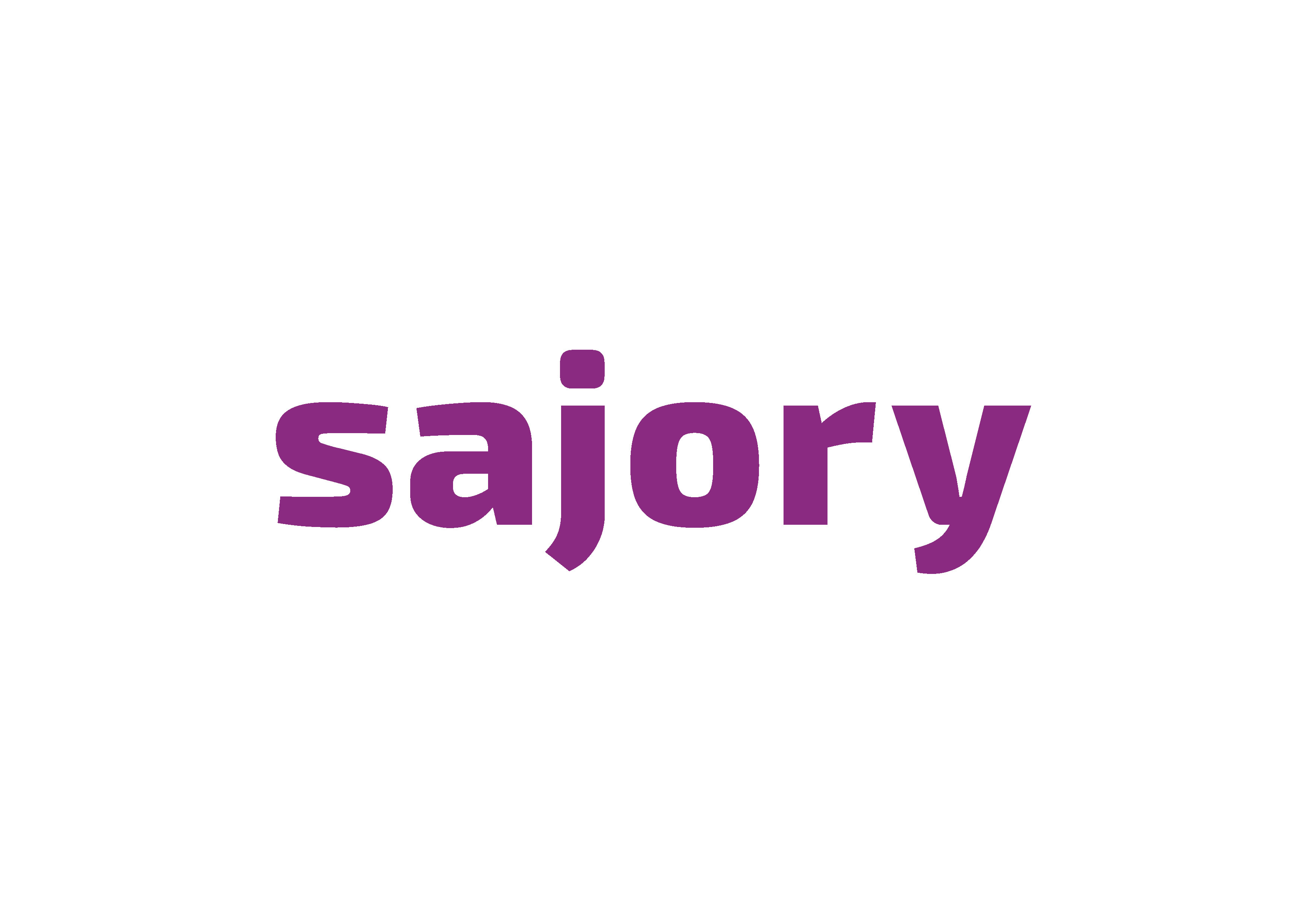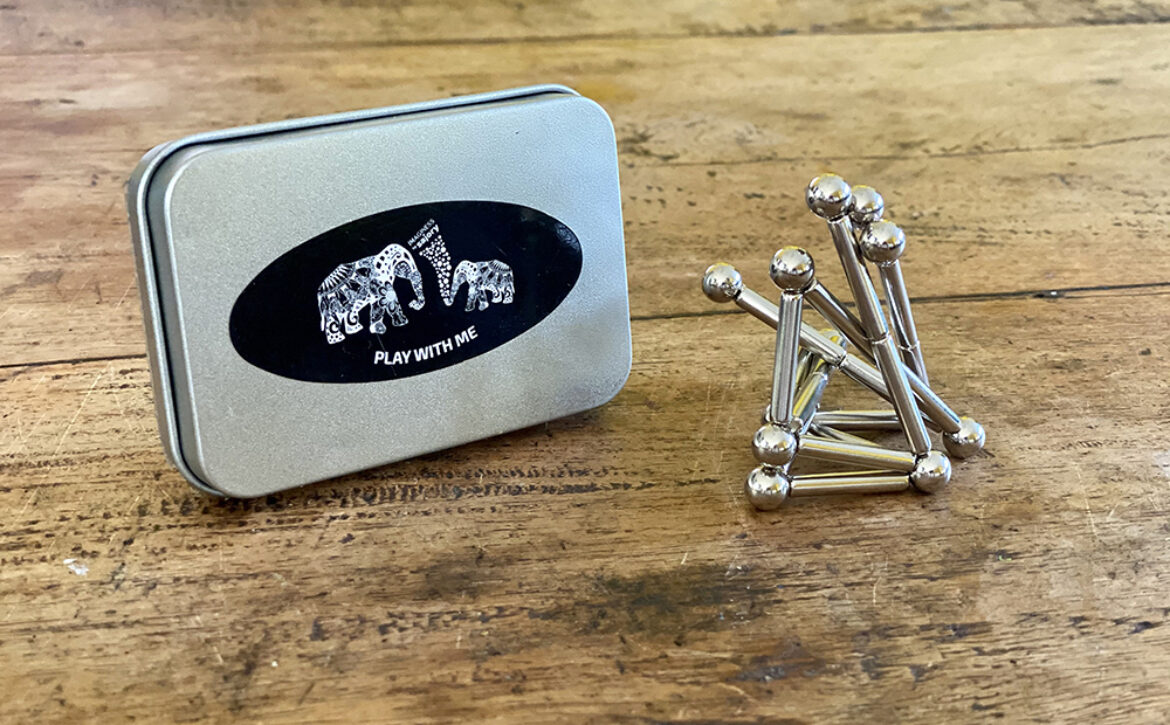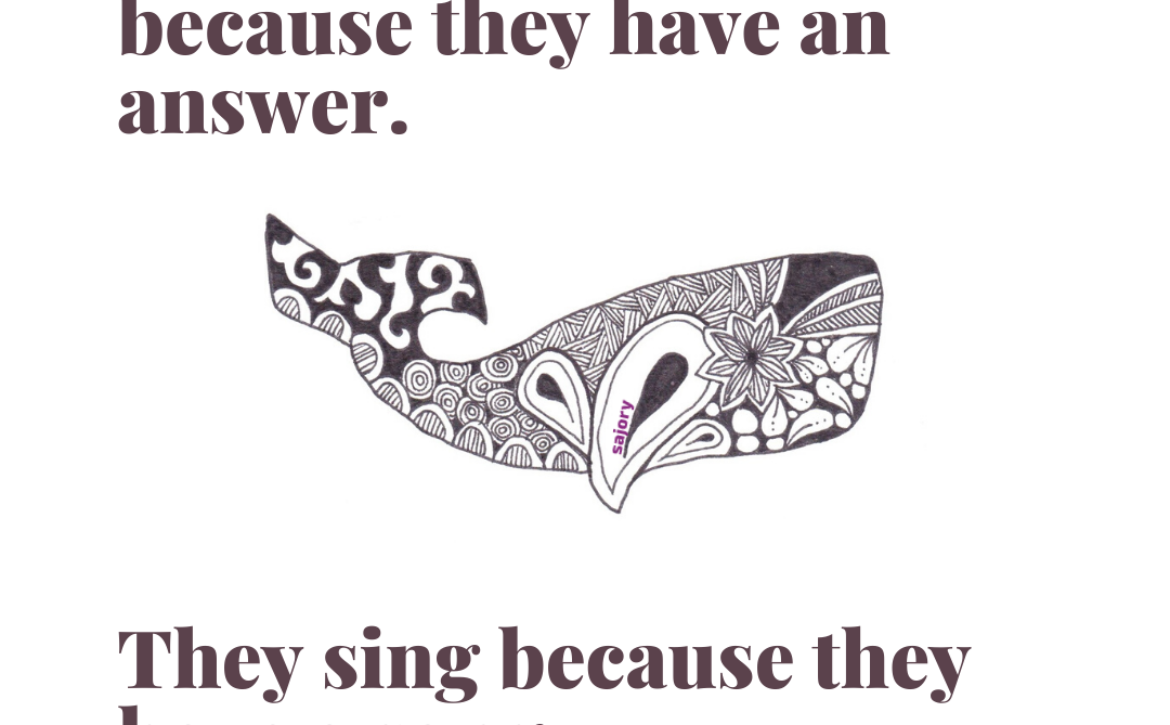Take a daily respite break
Taking a break during work does not necessarily restore your energy.
It depends on what you do in it.
Activities you take during your break influence your energy levels and subsequent performance. John Trougakos and his colleagues make a major distinction between breaks characterized as respite and chores.
A “Respite” break happens when you stop working as well as thinking about work and participate in activities that has a relaxing or pleasant experience. For example, you take a brief walk, listen to music, or surf the Web (aimlessly).
In contrast, a “chores” break happens when you stop the work you are doing, but turn attention toward another work-related responsibility. For example, checking email or making a to-do list for the rest of the week. In these cases, activities involving mental efforts continue to take place during the break, thereby preventing the restoration of energy levels.
In their book “Thriving under stress”, Britt and Jex explore studies that explain the results of increased positive emotional displays after “respite” breaks, compared to the negative emotions produced after the “chores” breaks.
So, keep this mind the next time you want to take a break. If your next break happens to be a “chores” one, know that you’re exercising at least some level of self-control that’s not allowing your brain to fully restore its energy level. Only breaks characterized by detachment from primary work tasks will aid in the restoration of energy levels needed for performance.
Not all breaks are created equal.
Choose wisely.
Taking a respite break, cheers,
Randah Taher



